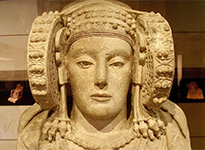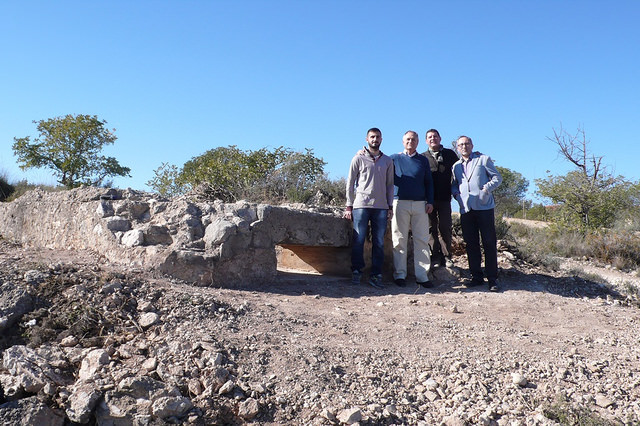
Today is the 75 anniversary since Spain recovered the Lady of Elche, the most representative element of Iberian art. The inhabitants of the town from Alacant, are still fighting to get back the bust.
11 march 2016
It was found in 1997 by agricultural workers in Elche and they called it “Reina Mora”, later it was sold by the owner of the plantation to a French archaeologist, who paid 400 francs for it. It was in the Louvre museum where they named it as it is now internationally known, “the Lady of Elche”. It was not until 1941, during the Second World War, that the Spanish dictator Francisco Franco, got to recover it in a patriotic and cunning act. Once it was in Spain, the piece was hosted in the Prado museum, where it remained until 1971, moment when it was moved to the National Archaeological Museum. It has only visited its home town twice (in 1965 and 2006) and the inhabitants request it to be returned.
Vicent Marzà, Counsellor of Education and Culture of the Valencian Government, asks for the piece to be back to Elche, he asks for the “decentralisation of the cultural icons” and point out the need of having a debate about what heritage is property of the government and what heritage is property of the autonomous communities. Other entities and institutions that are property of the town join this petition: The Lady of Elche Chair, of the Miguel Hernández University supports the return of the bust, in consensus and with humility, just as the Royal Order of the Lady of Elche. Furthermore, another alternative is proposed: the possibility of transforming the Archaeological and History Museum of Elche in sub-headquarters of the National Archaeological Museum, so it can become the main centre of Iberian art in Spain.
The bust, which seems to represent the face of a lady, could actually be a tribute to a warrior, according to several theories. It has a great value due to the fact that it is considered the most representative element of Iberian art and dates from around the fifth century B.C. Franco recovered it in 1941, together with other archaeological and/or artistic pieces, like the Inmaculada Concepción de los Venerables, by Murillo (which was despoiled during the French occupation), the Visigoth crowns of the Guarrazar treasure, and the Archive of Simancas.








